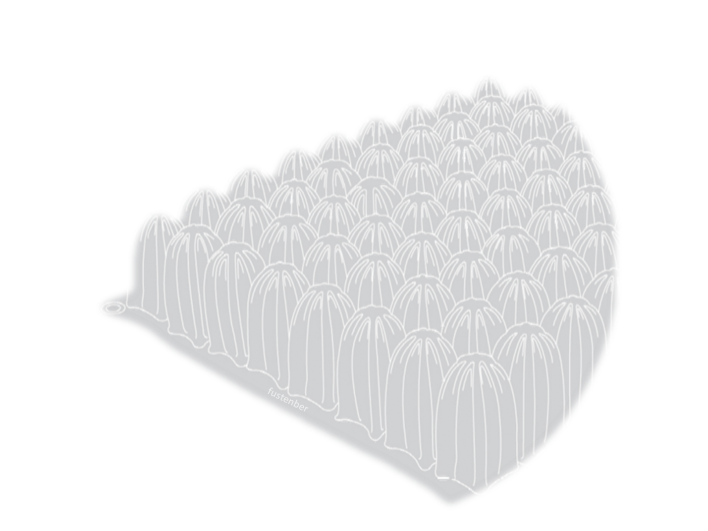When a person is seated, her or his body weight is supported by a relatively small surface area (i.e., buttocks, thighs, and feet), leading to high interface pressures combined with limited opportunities to redistribute body weight to other anatomical sites. Prolonged sitting results in a strong predisposition to pressure ulcer development, particularly in the ischial area.
1. Individualize the selection and periodic re-evaluation of a seating support surface and associated equipment for posture and pressure redistribution with consideration to:
。body size and configuration;
。the effects of posture and deformity on pressure distribution; and
。mobility and lifestyle needs
2. Select a stretchable/breathable cushion cover that fits loosely on the top surface of the cushion and is capable of conforming to the body contour.
Statement is based on expert opinion. A tight, nonstretch cover will adversely affect cushion performance. Covers that fit loosely on the top surface and those that are made from a stretch material are better-suited to let the cushion material deform as intended to allow immersion.
2.1. Assess the cushion and cover for heat dissipation. Select a cushion and cover that permit air exchange to minimize temperature and moisture at the buttock interface. This statement is based on expert opinion. Evidence suggests that a rise in tissue temperature increases the susceptibility to pressure ulcers.
3. Inspect and maintain all aspects of a seating supporting surface to ensure proper functioning and meeting of the individual’s needs.
This statement is based on expert opinion. Seating cushions should be inspected for signs of wear on a daily basis. The support surface (chairs and wheelchairs) should be inspected according to the manufacturer’s recommendations.
4. Provide complete and accurate training on use and maintenance of a seating support surface(including wheelchairs) and cushion devices delivered to the individual.
Support Surfaces
General Recommendations on Seating Support Surfaces

